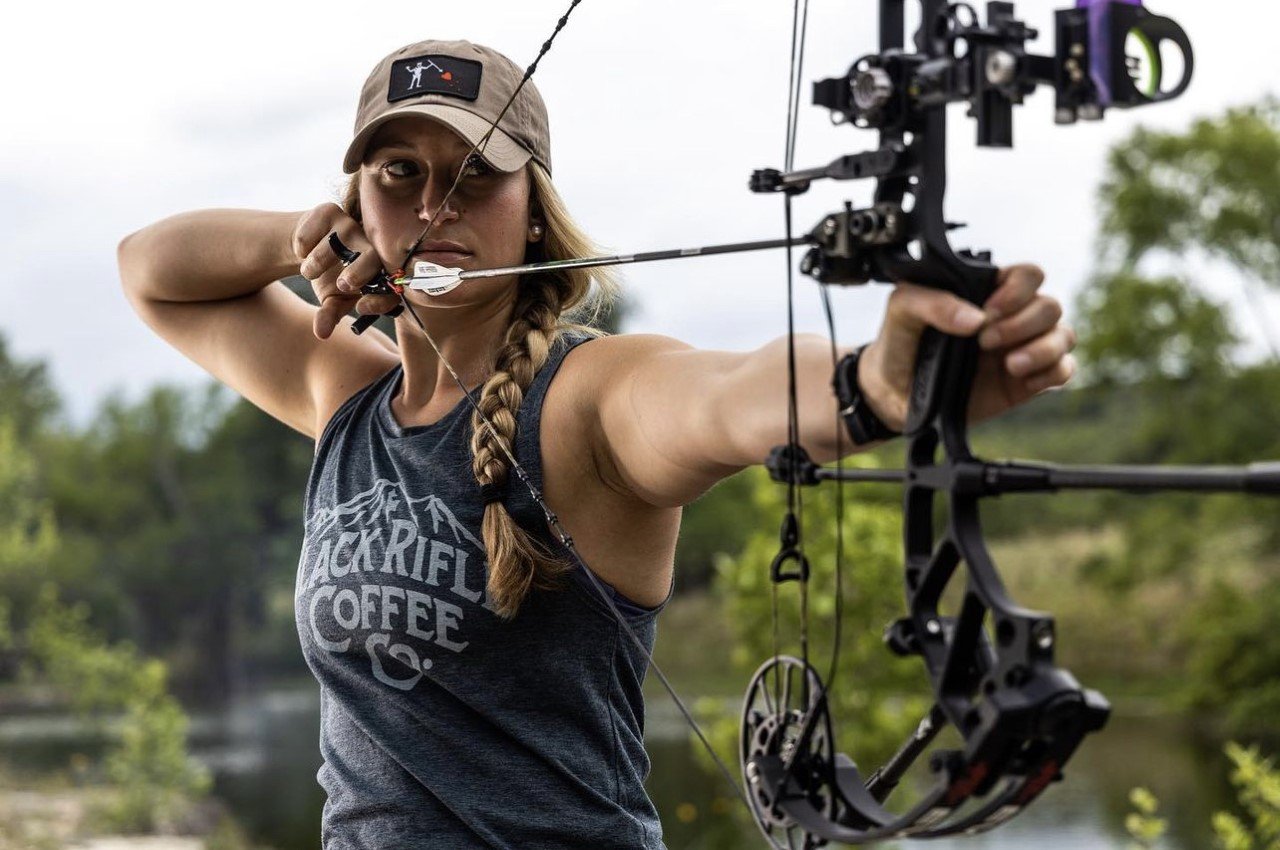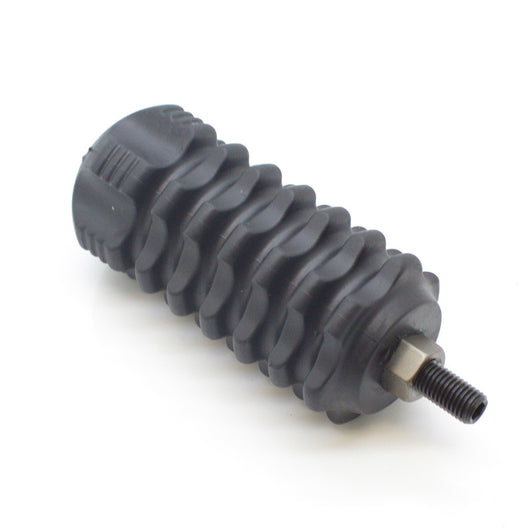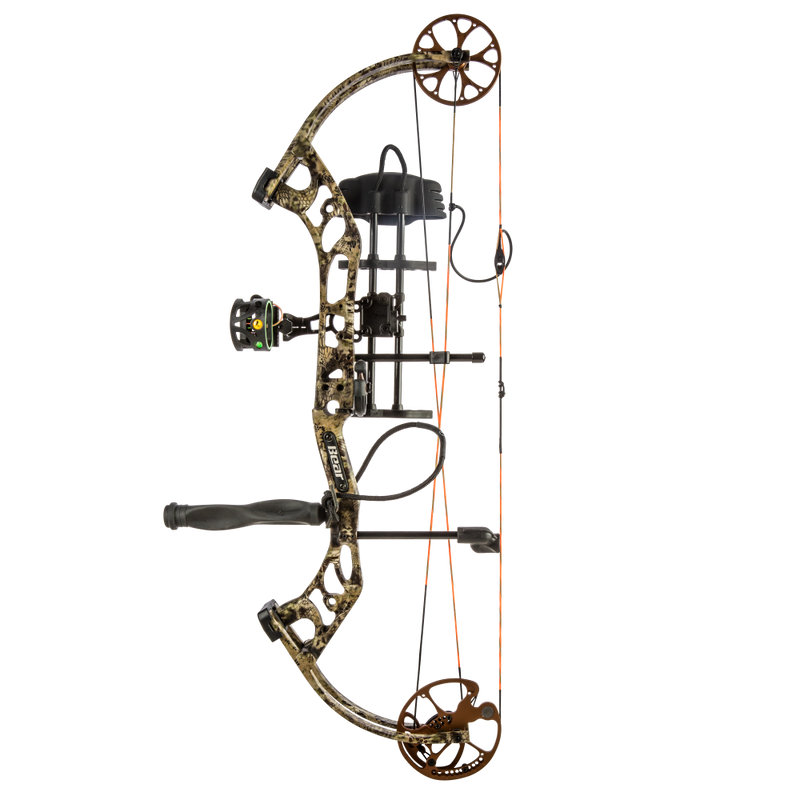Master the Art of Archery: Comprehending the Importance of a Stabilizer in Your Configuration
Whether one is an experienced archer or just starting their journey, the importance of a stabilizer in their setup can not be overemphasized. By comprehending the benefits of utilizing a stabilizer, taking into consideration the right aspects when selecting one, and effectively mounting and readjusting it, archers can raise their abilities to new heights.
The Duty of a Stabilizer in Archery
A stabilizer plays an essential function in archery by enhancing equilibrium and reducing resonances during the shot. When an archer draws the bowstring and launches it, there is a transfer of energy that can create the bow to vibrate. These resonances can adversely impact the accuracy of the shot. A stabilizer aids to counteract these vibrations by dissipating the energy and absorbing.
One of the major advantages of a stabilizer is its capability to enhance balance. The weight of the stabilizer assists to disperse the weight uniformly, reducing the pressure on the archer's arm and boosting stability.
In enhancement to balance, a stabilizer additionally aids to lower torque. When an archer releases the bowstring, there is a natural propensity for the bow to turn in the hand. This rotation, called torque, can trigger the arrowhead to drift off-course. The weight and layout of a stabilizer neutralize this turning, guaranteeing a more exact and consistent shot.
Benefits of Using a Stabilizer
The usage of a stabilizer in archery offers countless advantages that improve an archer's performance and total shooting experience. A stabilizer aids to minimize the resonances produced upon release of the arrow. These vibrations can create the acquiesce torque or spin, causing unreliable shots. By taking in and moistening these vibrations, the stabilizer improves the security of the bow, permitting even more accurate and constant shots.
Secondly, a stabilizer assists to stabilize the bow by including weight to the front end. This weight circulation combats the natural propensity of the acquiesce tip forward upon release, lowering the amount of movement and boosting the archer's capability to preserve purpose on target.

Lastly, a stabilizer can likewise act as a shock absorber, minimizing the shock and recoil experienced upon release. This not only boosts the comfort of capturing yet additionally decreases the risk of injury or pressure on the archer's body.
How a Stabilizer Boosts Precision
Enhancing the accuracy of an archer's shots, a stabilizer plays an essential duty in improving general performance. archery stabilizer. By including stability to the bow, a stabilizer aids reduce the unwanted movement and resonance that can occur throughout a shot. This reduction in activity enables the archer to preserve a stable goal, resulting in more constant and precise shots

Furthermore, a stabilizer aids to dampen vibrations that occur upon launch. These vibrations can trigger the acquiesce shake, impacting the arrowhead's trajectory and accuracy. By taking in and dissipating these resonances, a stabilizer helps to preserve the bow's stability and make certain a precise and smooth shot.
Furthermore, a stabilizer can additionally assist in balancing the weight circulation of the bow (archery stabilizer). By adding weight to the front of the bow, a stabilizer helps to balance the weight of devices, such as quivers or views, which might be affixed to the bow. This balanced weight circulation assists the archer keep a constant and regulated capturing position, bring about enhanced precision
Variables to Take Into Consideration When Picking a Stabilizer
When picking a stabilizer for your bow, it is essential to take into consideration a number of elements that will add to its general effectiveness and viability for your individual shooting style. The very first aspect to think about is the length of the stabilizer.
One more aspect to consider is the weight of the stabilizer. The weight of the stabilizer can affect the equilibrium of your bow.
Additionally, it is very important to think about the design and construction of the stabilizer. Some stabilizers have adjustable functions, such as adjustable length or adjustable weights, which allow you to tailor the stabilizer to your certain needs. The products used in the building of the stabilizer can also impact its performance. Carbon fiber stabilizers are long lasting and light-weight, while aluminum stabilizers offer an equilibrium between weight and rigidity.
Last but not least, it is important to consider your shooting design and preferences. Various stabilizers may function better for sure shooting styles, such as target capturing or searching. It is advisable to seek advice from skilled archers or experts to figure out which stabilizer will best suit your individual demands. On the whole, taking into consideration these variables will assist ensure that you pick a stabilizer that enhances your shooting experience and improves your precision.
Tips for Properly Setting Up and Changing a Stabilizer
Correct installment and modification of a stabilizer is crucial for enhancing its efficiency and guaranteeing ideal capturing accuracy. When installing a stabilizer, it is important to follow a couple of crucial actions to ensure its see this efficiency. Identify the proper size of the stabilizer based on your capturing design and choices. Longer stabilizers offer even more security yet can be less maneuverable, while shorter stabilizers use enhanced maneuverability however may give up security. When you have actually picked the suitable size, affix the stabilizer to the bow making use of the provided placing equipment. Make certain that the stabilizer is safely attached and straightened with the bow's riser.
After mounting the stabilizer, it is required to make modifications to achieve the wanted balance and shot consistency. Begin by adjusting the weight circulation along the stabilizer. This can be done by including or eliminating weights from the stabilizer's weight system. Trying out various weight setups to locate the equilibrium that functions ideal for you. Additionally, consider changing the angle of the stabilizer to tweak the shot. A minor onward or in reverse tilt can impact the bow's balance and how it responds throughout the shot.

Conclusion
In conclusion, a stabilizer plays a crucial role in archery by improving precision and lowering bow torque. By including weight to the bow, it assists to stabilize and stabilize the shot. When choosing a stabilizer, aspects such as length, weight, and product must be taken into consideration to meet individual demands. Appropriate installment and adjustment of the stabilizer are also crucial for optimum efficiency. Grasping the use of a stabilizer can considerably improve the archer's ability and precision.
Moreover, a stabilizer can also help in balancing the weight distribution of the bow. By including weight to the front of the bow, a stabilizer assists to stabilize the weight of accessories, such as quivers or views, which may be affixed to the bow. Some stabilizers have adjustable attributes, such as adjustable length or flexible weights, which allow you to tailor the stabilizer to your certain requirements. Carbon fiber stabilizers are resilient and light-weight, while light weight aluminum stabilizers use an blog equilibrium in between weight and strength.
Longer stabilizers offer even more security yet can be much less manoeuvrable, while shorter stabilizers supply boosted ability to move however might compromise security.